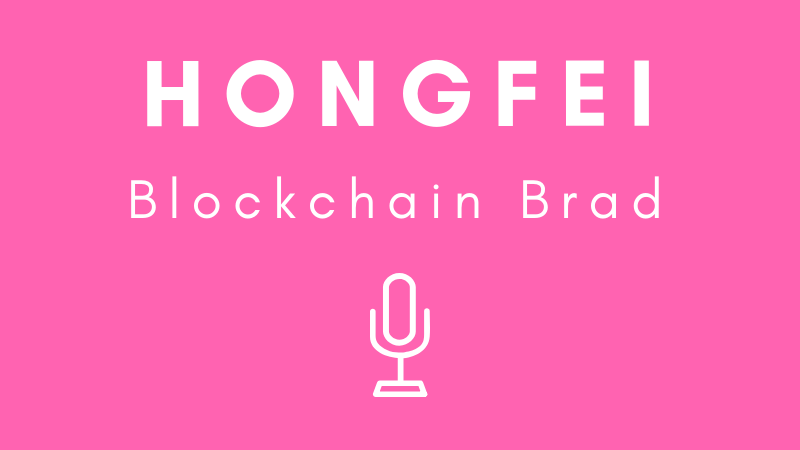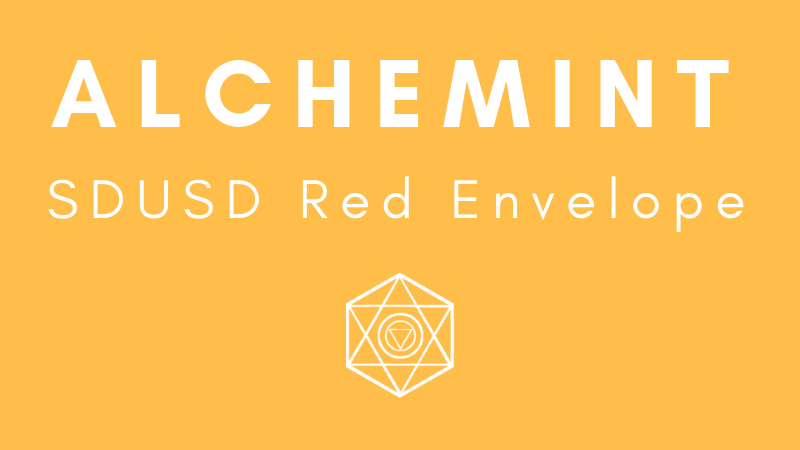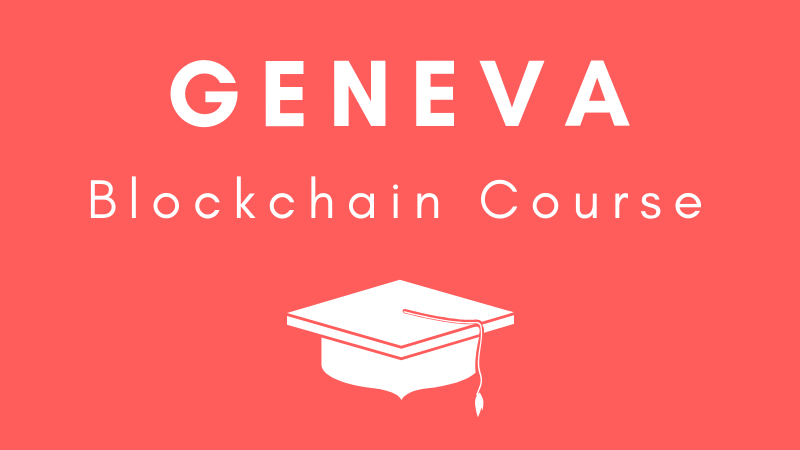
NEO founder Da Hongfei recently sat down for an interview with Brad “Blockchain Brad” Laurie, a YouTuber and cryptocurrency educator. The full interview lasted 80-minutes and Hongfei’s thoughts on select topics are summarized here. Some of Laurie’s topics and questions are not included in this summary.
Company Structure
One of the early topics covered in the interview was a clarification of NEO’s organizational structure.
According to Hongfei, NEO Foundation (NF) is the sole shareholder of NEO Global Development (NGD). NGD is responsible for the development, marketing, events, and support for the NEO blockchain; NGD has no revenue source, no plans for tokenization, and no other avenues to turn a profit. NGD is “100 percent funded by NEO Foundation.” More financial details followed later in the interview.
Sharding
Hongfei stated that after a year of research, “I don’t think sharding is the ultimate solution to improve scalability.” Layer 2 solutions have been found by a NEO development team to be more feasable. He elaborated that NEO is looking for a “generalized state channel solution.”
Confirmation Time
Rather than block generation time, Hongfei suggests that NEO’s 15-second transaction finality speed is the key metric. Other blockchains such as EOS, despite boasting short 0.5 second block times, require more than a minute to achieve transaction finality.
100,000 TPS Without Sharding
Hongfei stands by his ambitious goal from January 2018 of NEO being able to support 100,000 transactions per second (TPS) without sharding.
He stated that NEO 3.0, currently in development, will be a hard fork “100%” and quite possibly a new blockchain with a new genesis block that would require a migration for deployed dApps and smart contracts. NGD will provide technical assistance for projects to migrate if that is the case.
NEO 3.0 will be a “completely new design” with support for layer 2 solutions. It will be a decoupled design and “everything will be modularized” according to Hongfei. He stated that NEO will implement some lessons it has learned about code, protocol, and practice, in its two-year history.
NEO Virtual Machine
NEO’s Virtual Machine (NeoVM) software computer is going to be “decoupled” by founder Erik Zhang so that the virtual machine can be easily ported to other blockchains. This is meant to enhance interoperability. The NeoVM will also be offered for free to encourage adoption.
Hongfei further opined that many blockchains are currently using Wasm, or webassembly, virtual machines, but that is not what they were created for. As a result, Wasm VMs must be modified for use with each blockchain, and the modifications prevent true interoperability. Hongfei claims that the NeoVM is “specifically designed for blockchain.”
Decentralization
Hongfei says that the first step to increase decentralization is “to hand off control of the consensus nodes,” a process that has already started with global development group City of Zion and Dutch telecom company KPN each running a MainNet consensus node. He added that the NEO foundation’s influence will decrease over time as its NEO tokens are distributed throughout the ecosystem (NEO tokens carry voting rights).
dApps
Hongfei estimated that about 100 dApps are currently live on the NEO network. When asked about feedback from the dApp teams, Hongfei says he has received ‘mixed’ feedback, and focused on the negative aspects for the interview.
“I think the problem is the economic model” of NEO with regards to last year’s high GAS prices which were inhibiting deployment on the NEO network, Hongfei said. “We are investigating different economic models” and may slightly change the model for the upcoming NEO 3.0 release.
Hongfei added that “sometimes, NEO MainNet was unstable”. However, he added, “I am very confident that MainNet will be very stable” with merged code on NEO’s GitHub ready for deployment “very soon.”
Finances
Da said that “Me and Erik were in charge of the financials in the old days.” Da reports that he hired a financial controller when setting up NEO Foundation. “He will be working with us after the spring festival” (February 5th, 2019).
Hongfei also reports that NEO has “about $2,000,000 USD” remaining from the original Antshares crowdfund as well as “a few hundred Bitcoin”. Hongfei says that the money that NEO has used so far to fuel its development has come completely from the original crowdfund (which raised 2,100 BTC in October 2015 and 6,119 BTC in September 2016).
NEO Global Capital has also booked “a few million dollars” in profit that is designated for NEO Foundation’s operations as well.
Mass Adoption
“I think real application is still 2 or 3 years away, if we are talking about mass adoption” Hongfei said. “The infrastructure is still not ready yet, I’ve been saying this for two or three years already.”
Gaming
Hongfei called onboarding of new users “difficult” and said, “Most blockchain games are aiming at blockchain users. They’re not bringing in new users.”
DBFT
Hongfei is an advocate of NEO’s dBFT consensus mechanism “because of its finality” and scalability; it also allows every NEO token holder to participate in selection of the consensus nodes.
Publicity and Development
“I probably will attend fewer conferences” in 2019, with more of a focus on development of NEO’s infrastructure. Hongfei also mentioned that online events and hackathons can be held for a wider audience and at less cost than offline events. Two major offline events will be February’s NEO DevCon in Seattle, USA and a NEO Game conference, held in Tokyo, Japan this March.
“This year, we will still focus on infrastructure. It’s useless to bring a lot of gambling dApps on to NEO, it’s not what we are trying to do.”
“I want to have a really clear decision [on NEO 3.0] by the middle of this year.”
Market Making
“There has been no market making [prior to 2019],” according to Hongfei, but NGD has been approached by professional trading teams, and is evaluating their offers to provide liquidity to NEO markets.
NEO Global Capital
There are two funds managed by NEO Global Capital (NGC). “Fund 1” is for profit, while “Eco Fund” is solely to promote the growth of projects that build on NEO or benefit the NEO ecosystem. “If we combine ECO Fund and Fund 1 together, they are doing very well” according to Hongfei.
“The funds we raised with two [Antshares] ICOs is limited. We will dry out someday. So we need an income stream to support the development of NEO. It can be either that we find a way to make money, or, we sell the NEO tokens. So, I think we found a way to make money, which is more important, and it also broadened our vision of the industry.”
“NGC people get a chance to talk to other projects. They know what those smart people are doing. So we can learn from them.”
“NEO Foundation is almost the sole LP [limited partner] of NGC. So, all the profits will go back to NEO foundation.”
NGD Seattle
Hongfei announced that NEO Global Development will be opening an office in Seattle that is “led by two former Microsoft executives.” More information is scheduled for the Seattle DevCon conference.
Financial Transparency
Da Hongfei stated that “The reason that we hired a financial controller” is to manage spending, perform audits, and to publish the financial status of NEO Foundation and NGD/NGC. “Ideally we will [publish] quarterly,” according to Da, but NGD might decide to release reports every six months.
Closing Statement
“There’s a long way to go. We are still a few years [away], to see the mass adoption of blockchain technology. But, if you put your effort during these few years, the return will be huge.”
Laurie’s full video interview can be viewed at the following link: https://youtu.be/8zeTUGQ3pNY
Da Hongfei is a founder of NEO and Onchain.
Brad Laurie is a cryptocurrency educator on YouTube.







About The Author: Colin Closser
Colin Closser, M.D., was a speaker at the first NEO DevCon in San Francisco. A devoted contrarian, he has managed the improbable: a peaceful and healthy life, despite holding a medical degree. He aspires towards the wisdom of Michael Lewis and Nassim Nicholas Taleb.
More posts by Colin Closser